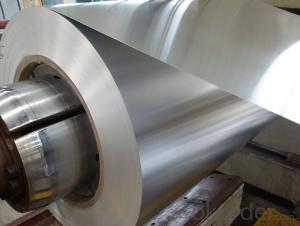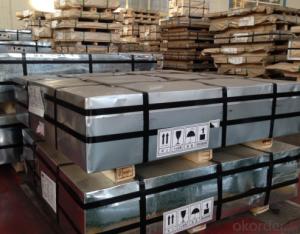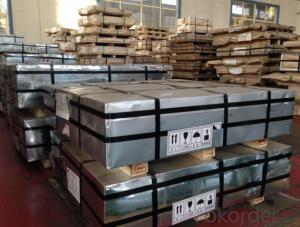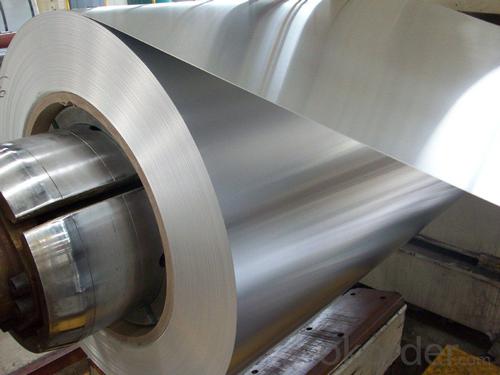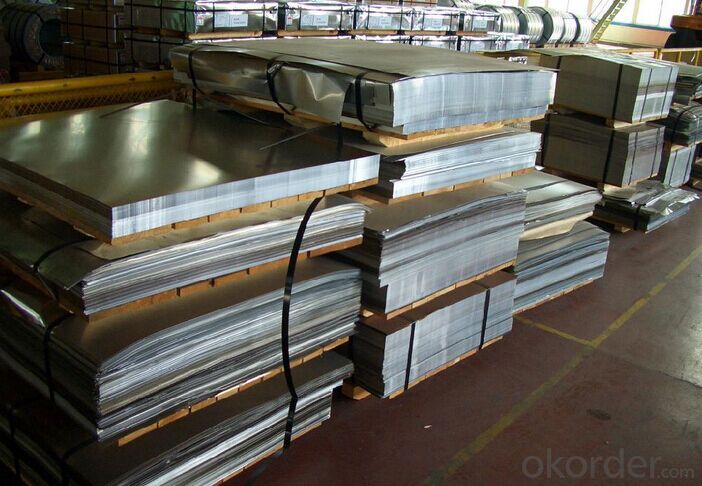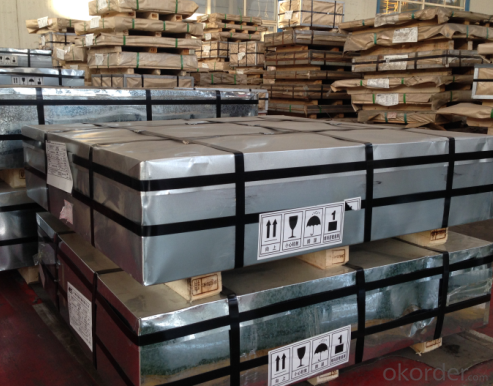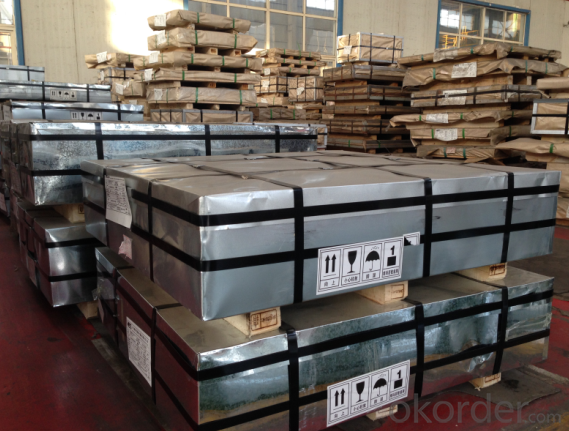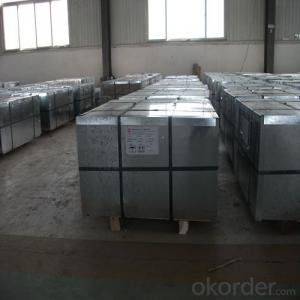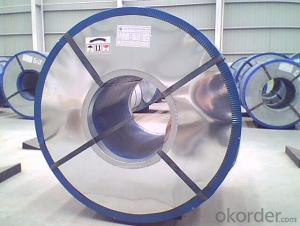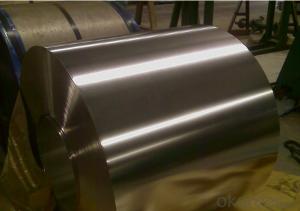Tinplate Coils and Steets for Tin Cans Making in good quality
- Loading Port:
- Tianjin
- Payment Terms:
- TT OR LC
- Min Order Qty:
- 25 m.t
- Supply Capability:
- 7000 m.t/month
OKorder Service Pledge
OKorder Financial Service
You Might Also Like
1.Structure of Electrolytic Tin Plate Coils and Sheets for Foods Metal Packaging Description
Electrolytic Tin Plate Coils and Sheets for Foods Metal Packaging, is one thin steel sheet with a coating of tin applied by electrolytic deposition. Tinplate made by this process is essentially a sandwich in which the central core is strip steel. This core is cleaned in a pickling solution and then fed through tanks containing electrolyte, where tin is deposited on both sides. As the strip passes between high-frequency electric induction coils, it is heated so that the tin coating melts and flows to form a lustrous coat.
2.Main Features of the Electrolytic Tin Plate Coils and Sheets for Foods Metal Packaging
Appearance – Electrolytic Tin Plate is characterized by its beautiful metallic luster. Products with various kinds of surface roughness are produced by selecting the surface finish of the substrate steel sheet.
Paintability and printability – Electrolytic Tin Plates have excellent paintability and printability. Printing is beautifully finished using various lacquers and inks.
Formability and strength – Electrolytic Tin Plates have got very good formability and strength. By selecting a proper temper grade, appropriate formability is obtained for different applications as well as the required strength after forming.
Corrosion resistance – Tinplate has got good corrosion resistance. By selecting a proper coating weight, appropriate corrosion resistance is obtained against container contents. Coated items should meet 24 hour 5 % salt spray requirement.
Solderability and weldability – Electrolytic Tin Plates can be joined both by soldering or welding. These properties of tinplate are used for making various types of cans.
Hygienic – Tin coating provides good and non toxic barrier properties to protect food products from impurities, bacteria, moisture, light and odours.
Safe – Tinplate being low weight and high strength makes food cans easy to ship and transport.
Eco friendly – Tinplate offers 100 % recyclability.
Tin is not good for low temperature applications since it changes structure and loses adhesion when exposed to temperatures below – 40 deg C.
3.Electrolytic Tin Plate Coils and Sheets for Foods Metal Packaging Images
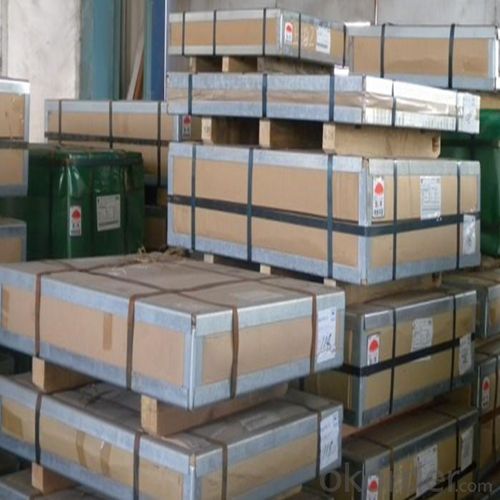
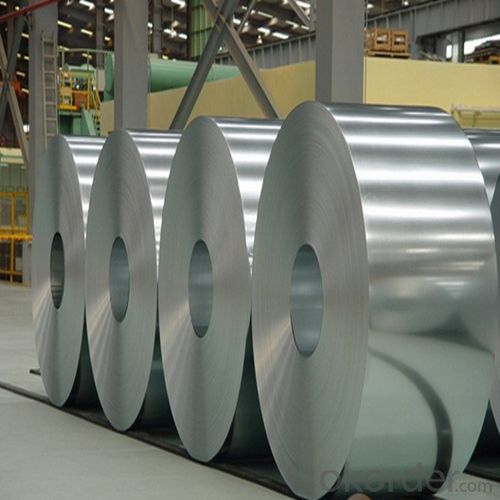
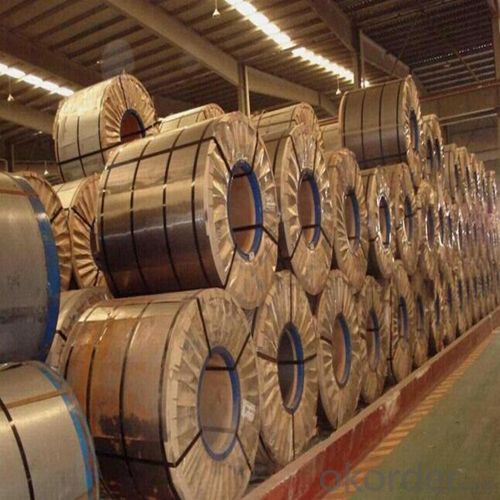
4.Electrolytic Tin Plate Coils and Sheets for Foods Metal Packaging Specification
Standard | ISO 11949 -1995, GB/T2520-2000,JIS G3303,ASTM A623, BS EN 10202
|
Material | MR,SPCC |
Thickness | 0.15mm - 0.50mm |
Width | 600mm -1150mm |
Temper | T1-T5 |
Annealing | BA & CA |
Coil Inner Diameter | 508mm |
Weight | 6-10 tons/coil 1~1.7 tons/sheets bundle |
Passivation | 311 |
Oil | DOS |
Surface | Finish,bright,stone,matte,silver |
5.FAQ of Electrolytic Tin Plate Coils and Sheets for Foods Metal Packaging
-What your tinplate material is used for ?
Tinplate is widely used for the packaging of products. Such as food cans,
beverage cans, pet cans, closures, general line cans and so on.
Printed Tinplate is offered!!
-How to place .an order or contact you ?
Please send us Email. we will give you a quick response in seconds .
- How is your quality ?
All our quality is prime even the secondary quality . We have many years experience
In this field with serious quality control standard . Advanced equipment, We welcome your visit to our factory .
- Q: How does tinplate contribute to the overall portability of packaging?
- Tinplate contributes to the overall portability of packaging due to its lightweight nature and high strength-to-weight ratio. It allows for the creation of sturdy, yet lightweight packaging solutions, making it easier to handle, transport, and carry products.
- Q: How does tinplate affect the overall barrier properties of packaging?
- Tinplate enhances the overall barrier properties of packaging by providing a protective layer that effectively prevents the transfer of oxygen, moisture, and light. This barrier helps to preserve the quality, freshness, and shelf life of the packaged product, ensuring its integrity and safety.
- Q: How is tinplate used in the manufacturing of toys?
- Tinplate is commonly used in the manufacturing of toys as it provides a durable and lightweight material for various components. It is often used for packaging, such as toy boxes or containers, as it can be easily shaped and decorated. Additionally, tinplate can be used for creating toy parts, such as miniature cars or robots, due to its malleability and ability to hold intricate designs. Overall, tinplate enhances the aesthetic appeal and functionality of toys, making them more appealing to consumers.
- Q: How does tinplate packaging contribute to product marketing?
- Tinplate packaging contributes to product marketing by enhancing the visual appeal of the product, allowing for creative and attractive designs that catch the consumer's attention. It also provides a premium and durable packaging solution, creating a sense of quality and value for the product. Moreover, tinplate packaging can be customized with branding elements, logos, and product information, effectively communicating the brand's message, identity, and product attributes to the consumers. Overall, tinplate packaging plays a crucial role in influencing consumer perception, increasing brand recognition, and ultimately driving sales.
- Q: How to quickly distinguish tinplate and ordinary substrate iron?
- Tinplate is the substrate, iron tin plating, tin bright, the substrate is dark, the substrate for a few days rust, and the two put together, the difference is great.
- Q: Tin and tinSince the back skin as long as tinplate will rust, so why not replace tin?
- Tin and tin, are plated plate, is a low carbon steel sheet, and metal coating. Electroplating and hot plating respectively.The difference between the two plates is that the former tin plated, the latter galvanized, because the two kinds of metals have different chemical properties, so their anti-corrosion ability and use is not the same
- Q: Can tinplate packaging be used for medical products?
- Yes, tinplate packaging can be used for medical products. Tinplate is a durable and corrosion-resistant material that provides protection to the contents. It is commonly used for packaging various medical products such as ointments, creams, and small medical devices. Additionally, tinplate packaging offers excellent barrier properties against moisture, light, and oxygen, ensuring the integrity and longevity of the medical products.
- Q: What are the main challenges in tinplate printing?
- The main challenges in tinplate printing are achieving high-quality prints on a curved surface, ensuring proper ink adhesion and durability, and maintaining consistent color reproduction. Additionally, the printing process must account for the potential presence of oil or grease on the tinplate, which can affect print quality.
- Q: How long does tinplate take to corrode?
- The time it takes for tinplate to corrode can vary depending on various factors such as the environment, exposure to moisture, and the presence of corrosive substances. However, tinplate is generally known for its excellent corrosion resistance, and under normal conditions, it can take several years or even decades before significant corrosion occurs.
- Q: How does tinplate perform in terms of light blocking properties?
- Tinplate offers excellent light blocking properties due to its opaque and reflective surface, resulting in minimal light transmission.
Send your message to us
Tinplate Coils and Steets for Tin Cans Making in good quality
- Loading Port:
- Tianjin
- Payment Terms:
- TT OR LC
- Min Order Qty:
- 25 m.t
- Supply Capability:
- 7000 m.t/month
OKorder Service Pledge
OKorder Financial Service
Similar products
Hot products
Hot Searches
Related keywords
